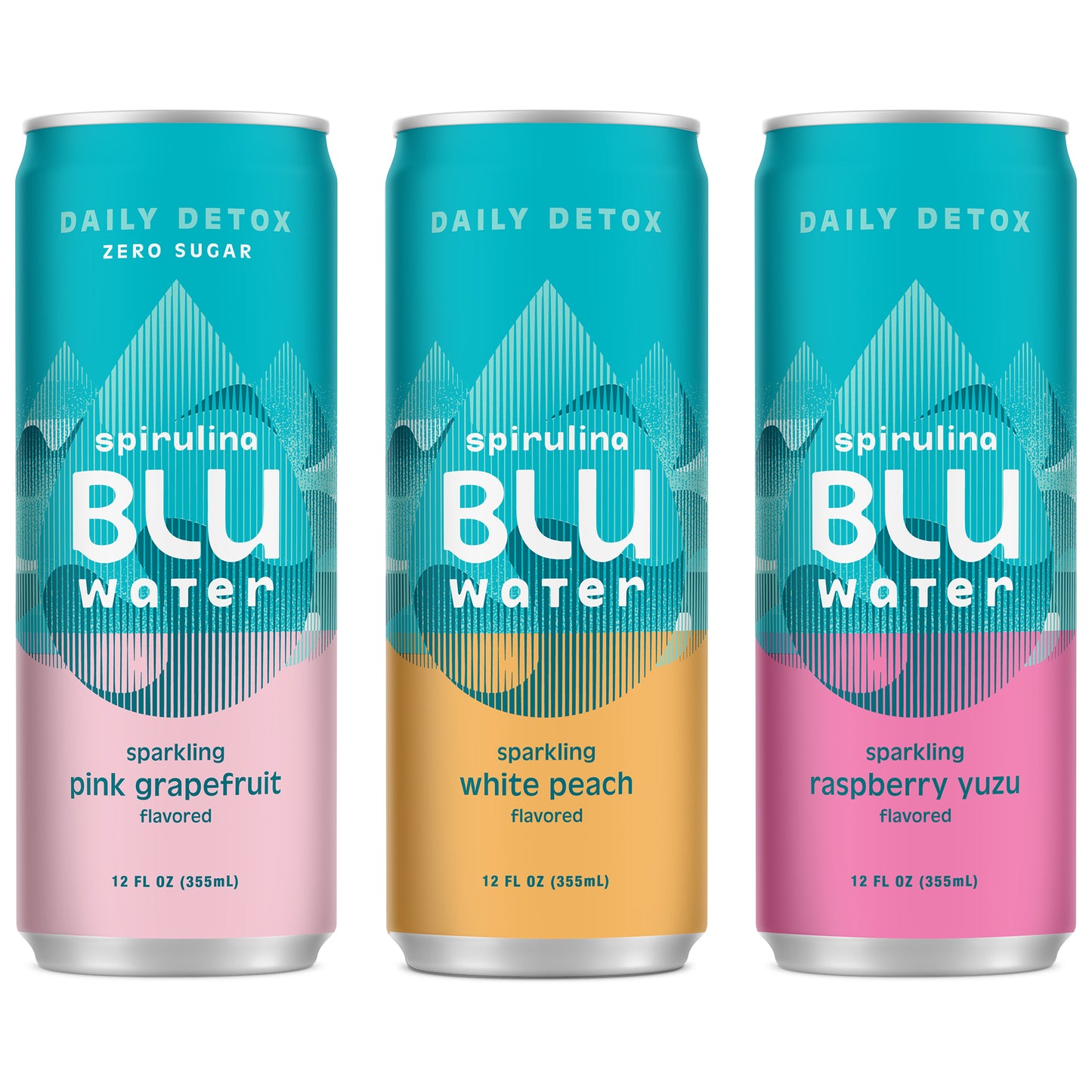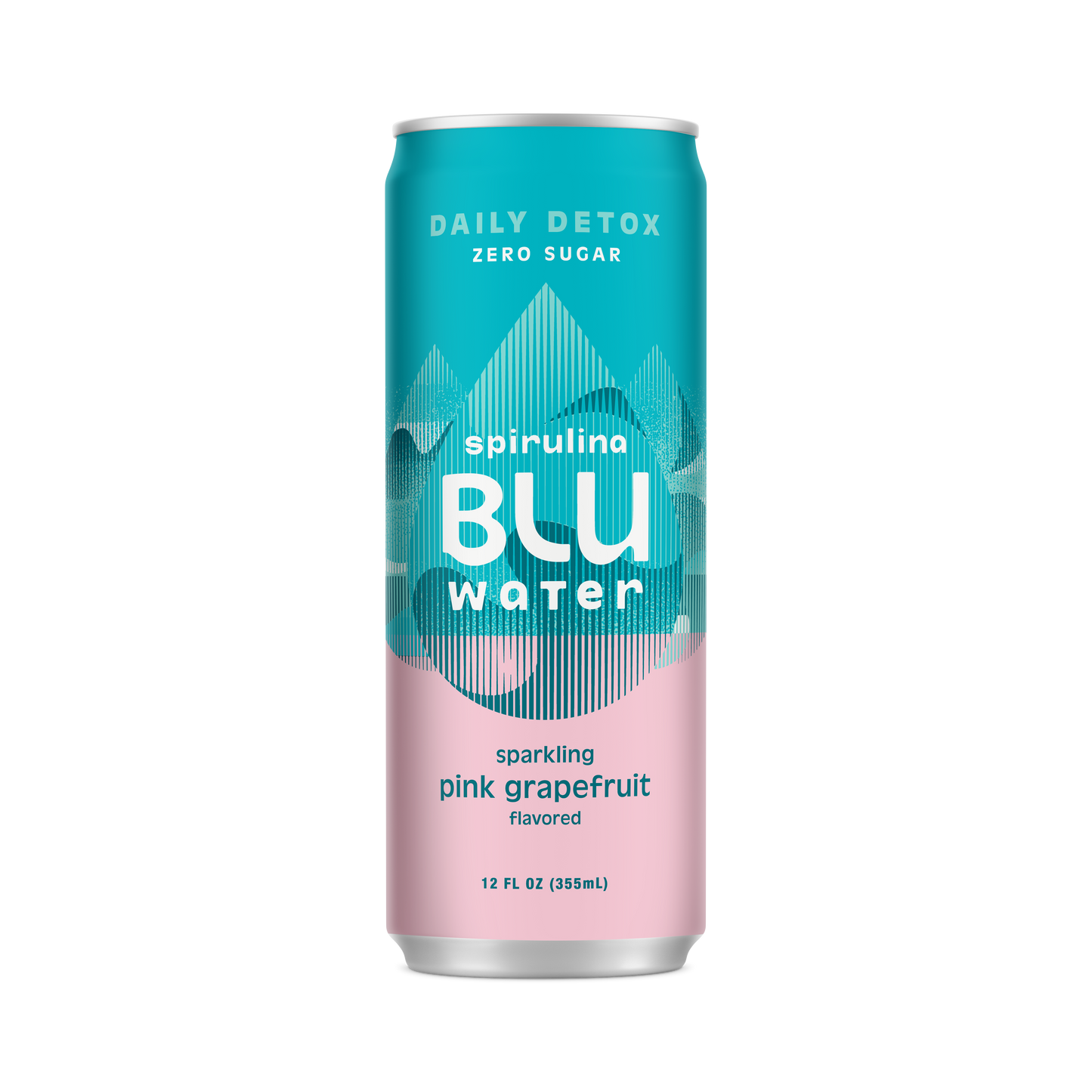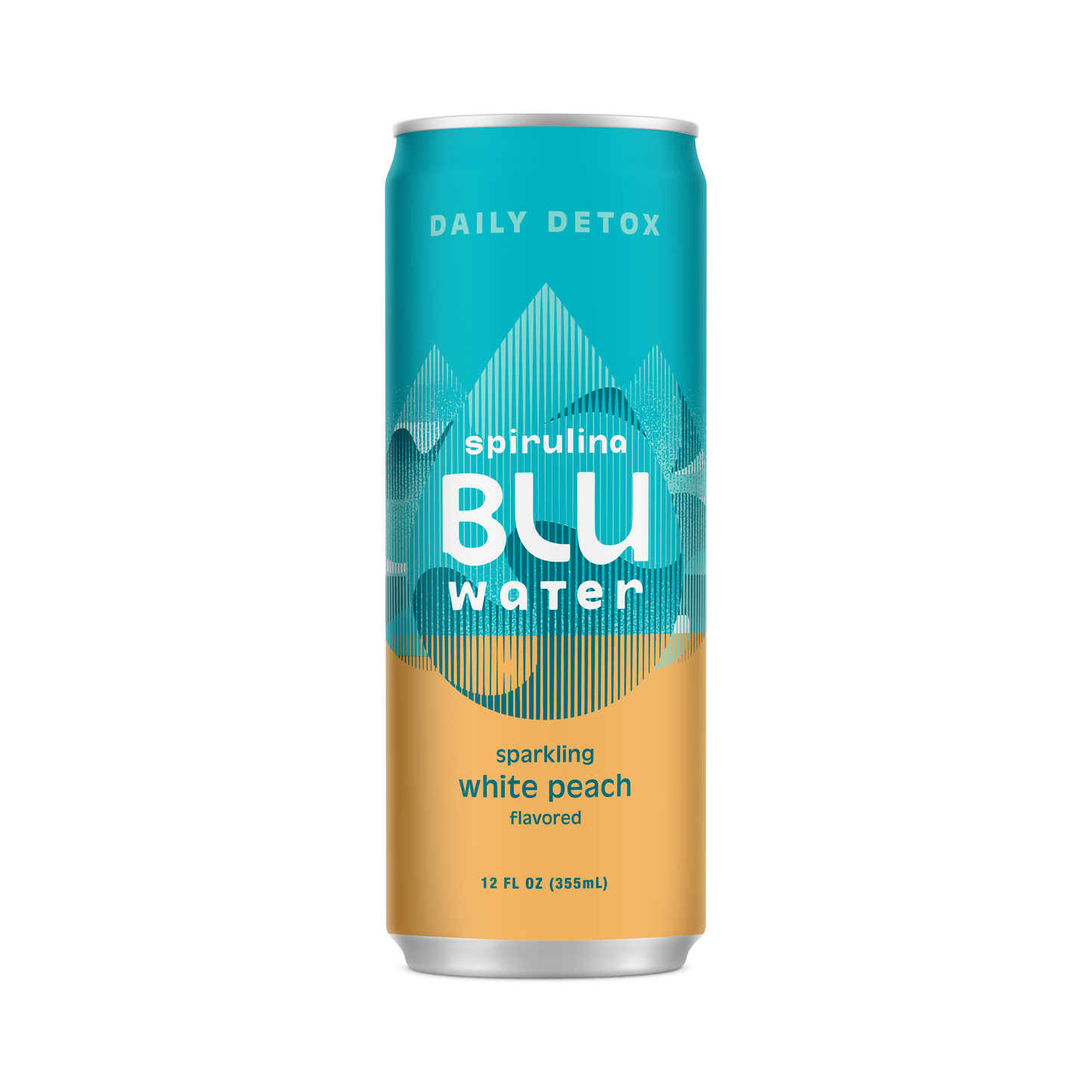
Key points:
- Seaweed is a healthy addition to one's diet, offering a variety of health benefits such as enhanced bone and teeth density, increased energy, and reduced inflammation.
- Different types of seaweed offer different health benefits. For example, blue-green algae is a great protein source, and brown and red algae as a source of antioxidants and vitamins.
- Seaweed is generally safe to consume, but excessive consumption can cause harm to those with hyperthyroidism. Those taking blood thinners should consult with their doctor.
- It is important to choose organic seaweed from trustworthy sources to avoid contamination by heavy metals and to ensure its quality. Seaweed can be added to one's diet in creative ways, such as by adding it to smoothies or consuming it through drinks like FUL®.
Despite having a high nutrient density, most people still approach seaweed with a share of suspiciousness and prejudices which have actually outlived their time. If you want to find up-to-date information about seaweed, you’ve come to the right place. Here, in this article, we will take a closer look at seaweed and its benefits and explore whether seaweed is a good addition to our diet. Plus, we will provide you with helpful tips on how to cook and eat seaweed without getting bored or forcing yourself. Keep reading!
Why Is Seaweed Good for Me?
Each type of seaweed is unique in its own way, offering a wide range of health benefits to your body. Blue-green algae, for instance, can be used as a protein supplement in your diet or implemented as a part of treatment for high blood pressure, as well as obesity, diabetes, high blood fat (lipid) levels, and high cholesterol. Whereas brown algae, as well as red algae, is considered to be a potent source of antioxidants rich in vitamins and iodine, positively impacting your immunity and reducing inflammation. Generally speaking, all types of seaweed contain a powerhouse of various essential vitamins, such as A, B, C, and E, as well as Omega-3 fats and beneficial minerals like zinc, iodine, magnesium, iron, and calcium. The combination of these nutrients helps enhance bone and teeth density, lower inflammation, increase energy, keep your thyroid healthy, maintain hormonal balance, and lower the risk of cancer.
Is Seaweed Safe For Me?
As we’ve already mentioned before, seaweed is a great healthy addition to your everyday diet, and it’s indeed safe to consume. However, there are some exceptions. Although it’s claimed that seaweed is very helpful when it comes to hypothyroidism, we advise those who suffer from the condition against consuming large amounts of the algae since excessive amounts of iodine-rich foods may worsen the disease in some cases. So if you are suffering from hyperthyroidism, try not to go overboard on seaweed.
One more thing you should keep in mind is that seaweed is not compatible with some medications. For example, if you are taking blood thinners, you should most definitely consult your doctor before treating yourself to daily algae snacks since seaweed actually contains a lot of vitamin K, which has strong chemical interactions with blood thinners. However, if you do get a doctor’s permission to eat seaweed while on these drugs, you’ll usually need to increase the dosage of your medication.
Furthermore, according to professional dieticians, some people (in particular those who experience small intestine bacterial overgrowth) might experience gas, bloating, and discomfort in their guts due to excessive levels of polysaccharides (carbohydrates) found in seaweed, which are responsible for feeding the bacteria in our gut. Despite this little inconvenience, the advantages of eating seaweed under these circumstances outweigh the disadvantages. Just make sure not to overdo it: start with a small dose and then increase as needed based on how you feel.
Seaweed Quality Should Be The Number One Priority
Recent studies have shown that seaweed can actually absorb heavy metals, including lead, cadmium, arsenic, and mercury. While it’s true that most seaweed contains small amounts of arsenic, the algae cultivated in waters contaminated by industrial waste can contain significantly higher concentrations of these heavy metals, which can lead to serious health issues.
That is the reason why we urge you to always choose organic seaweed from trustworthy businesses committed to growing their produce in an organic and sustainable way, as FUL® does. FUL® is a company founded by three friends who are passionate about protecting the environment and preserving nature as much as they can. We produce spirulina using high-tech bioreactors in order to maintain its quality and purity and prevent contamination, and later turn this spirulina into healthy and delicious sparkling drinks. See for yourself!
Seaweed In My Kitchen - How To Add Seaweed To Your Everyday Diet
If you want to eat more seaweed, you have to get creative. Below, we’ve collected some of the best tips that will help you eat more seaweed.
Raw or cooked - that’s the question!
Seaweed is basically like a vegetable, except for the water part. You can eat seaweed fresh and raw right after picking it from the water, just as you grab a bite of tomato while harvesting veggies from your garden. So if you live near the seaside and can ensure that the seaweed is being picked from a clean area where there is no risk of the water being polluted by some contaminating elements nearby or those brought by the storm, eating fresh seaweed is a great way to start a day.

#1 Thirsty? Grab a FUL®!
That’s right, seaweed can become not only a part of your meals but your drinks as well. You can add a pinch of fresh seaweed right into your morning smoothie and enjoy the beverage before starting the day. But how about something more practical, healthier, and tastier? Ladies and gentlemen, we give you FUL®!
FUL® is a healthy and refreshing carbonated drink packed with blue-green algae called spirulina. The algae itself offers various health benefits and has been long regarded as one of the planet's most powerful sources of nourishment, not to mention that it’s a potent source of pure protein.

One of the advantages of FUL® over other beverages is based on the unique and sustainable way in which the algae is cultivated. Furthermore, the method allows us to extract all of the spirulina’s beneficial nutrients while also eliminating the seaweed’s unpleasant taste.
And, oh boy, are there a lot of nutrients! For instance, FUL® beverages contain calcium, which contributes to better digestion and enhances bone density. Vitamin B2 and iron are also among the numerous vitamins and minerals contained in FUL®, and they assist your body in turning food into energy, granting you a fresh surge of natural energy. Additionally, the high content of magnesium in these sparkling beverages stimulates the immune system, enhances neurological function, and helps muscles regenerate faster.
The drinks themselves come ready in bottles and cans, so they are comfortable to carry with you everywhere, and you won’t have to spend as much time as you would when preparing a smoothie. To add to that, FUL® offers a wide range of fruity and natural flavors, including lime & mint, lemon & ginger, and white peach. Try all of them and choose your favorite!

#2 Beans, stocks, and soups taste better with a hint of kombu, arame, or kelp
While it is true that seaweed has a particular flavor that might not be much to your liking, some types of seaweed create a perfect combination with certain products, adding a delicate spark of flavor to the meal. This is especially true when it comes to stocks, soups, or beans. When preparing these meals, try sprinkling in a piece of kombu up to 2 inches in length, a tablespoon of kelp, or a pinch of arame. Not only will this make the flavor of the meal more unique, but it will also do a great service to your body.
When added to the dish, kombu, and kelp infuse the food with additional vitamins, fatty acids, and minerals, like iodine, while also reducing phytic acid, helping your stomach digest food better and improving nutrient assimilation. Plus, kombu is high in fiber and has detoxifying properties, so it can act as a prebiotic in your gut and restore the good microbiome in the body.
When it comes to the cooking process, we recommend you add kombu to the pot and let it steep for at least 10 minutes. This enables to release of all the nutrients present in seaweed.

#3 Looking for a healthy snack? Don’t hesitate to grab some nori!
As we mentioned above, nori is a subspecies of red algae. Although it is very lightweight, it is also surprisingly filling, healthy, and quite famous too. Most likely, you have already tried it before, even if you didn’t know about it. Nori sheets are the seaweed sheets in which most spicy salmon rolls and California rolls are wrapped. However, it doesn’t mean that you can use nori sheets only for sushi rolls.
How about a nori wrap? Seaweed wraps are as healthy as it gets: packed with vegetables and various vitamins, they contain no carbs or fats. All you need for a perfect seaweed wrap is a fridge with some leftovers and a nori sheet. You can add anything you want to the wrap, be it carrots, tomatoes, fish, or chicken. The next step is to arrange all the ingredients on a full-sized nori sheet and roll it all up like a wrap.
After that, you need to choose how to prepare the wrap itself. While baking it in the oven does make seaweed crispier, steaming preserves all the nutrients and moisture. If you also want to get a dip to go along with it, we can recommend miso dressing.
Ultimately, the nori wrap is a perfectly healthy and nutritious alternative to all those high-sodium snacks people usually grab for breakfast or lunch. Who knows, maybe even the smallest members of your family will grow to enjoy the crispy version of this little treat.

#4 The best seasoning? Easy, that’s seaweed flakes!
You might have noticed that Asian markets, eco-friendly shops, and health food stores often sell lots of different packaged salts or seasonings containing seaweed. However, those are always quite tricky, aren’t they? For instance, ready-made seasonings might contain some components you are allergic to or simply don’t like.
Don’t worry, there is always another way out: you can just make your own mixture of seaweed seasoning. Kombu and kelt combined with rosemary, dulse mixed with garlic and parsley, sesame seeds with nori and turmeric - we could go on forever. These mild, healthy, seaweed-packed seasonings are suitable for all your everyday and fancy meals!

#5 A salad without seaweed dressing is not a salad worth eating
What’s the definition of “salad”? Healthy, green, and carb-free. What is the definition of seaweed? Practically the same. So what will happen if you combine these two in one meal?
To make your salad even more healthy and tasty, mix some powdered seaweed into the salad dressing of your choice, leave it for a couple of minutes so it can absorb properly, and finally, mix it with the salad before serving.
What algae taste better with salads? Easy. Always go with kelp or dulse, and you’ll never miss. These types of seaweed go great with both traditional vinaigrette dressing and more unusual condiments.

#6 What’s better than a salad with seaweed dressing? A seaweed salad!
If you want to pack even more seaweed into your diet, try a salad made from arame and wakame. For the dressing, you’ll need to mix sesame oil, vinegar, scallions, and garlic. To spice up your seaweed salad, you can add other vegetables as well. We usually recommend adding some radishes, cucumbers, or carrots. Try different options, find the perfect combination, and impress your guests with an exquisite seaweed salad.

#7 Pad Thai with kelp noodles, yummy!
While all the snacks, drinks, and salads, as well as seasonings we’ve listed above, are tasty and healthy, they are not filling enough to get you through the day. And that’s where our special guest Pad Thai comes in. Pad Thai is one of the most popular noodle dishes in the world made from stir-fried Thai noodles dressed with a sweet, savory, and sour sauce and crushed peanuts.
However, you absolutely must try Pad Thai made with kelp noodles. All you need to do is get one packet of kelp noodles, soak them in water so they become softer, and mix them evenly with some Pad Thai sauce. And for the final touches, you can also add some toppings, such as red pepper flakes or fresh cilantro.
Final Thoughts
Seaweed is not just something you see when swimming in the ocean. They are a potent powerhouse of protein, minerals, and vitamins. And despite what most people think, there are lots of different, tasty seaweed-packed dishes out there waiting to be discovered and cooked every day in each and every kitchen around the world.
FAQ
How much seaweed should I eat daily?
Experts say that the ideal daily intake of seaweed for healthy adults without thyroid problems is around 150 micrograms. Ingesting more than 1,100 micrograms is not recommended. The amount of iodine in one dried sheet of seaweed (approximately 1 gram) typically ranges from 16 to 2,984 mcg, so be careful not to overdo it.
Is it OK to eat seaweed every day?
There is absolutely nothing wrong with eating seaweed every day, as long as you stick to the RAD (Recommended Dietary Allowances) of iodine. Furthermore, eating seaweed every day is only beneficial to you since regular consumption of the algae has been proven to improve digestion and heart health.
Is consuming a lot of seaweed healthy?
Eating seaweed is undoubtedly beneficial to your health. Seaweed is a rich source of numerous essential vitamins, Omega-3 fatty acids, and minerals like zinc, and iodine. These nutrients work together to improve bone and tooth density, reduce inflammation, boost energy, maintain hormonal balance, and lessen the risk of cancer.




